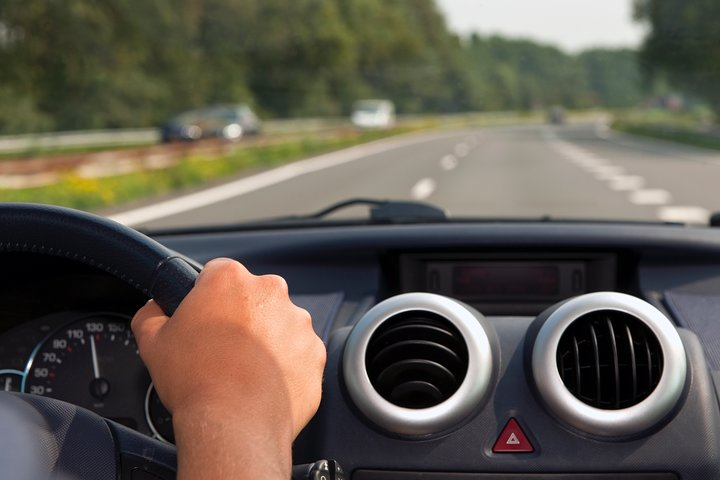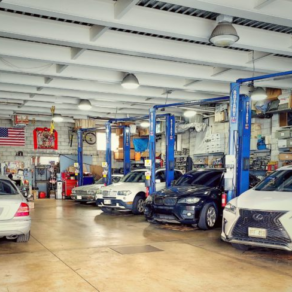
11 When test driving the car, follow these steps for a comprehensive evaluation: – Drive at Different Speeds: Test the car at various speeds, including highway speeds, to assess its performance under different conditions.
– Brake Testing: Brake both gently and firmly to evaluate braking responsiveness and detect any abnormalities.
– Road Conditions Test: Drive over rough roads or railroad tracks to check for noises or vibrations, which could indicate suspension or alignment issues.
– Engine Warm-up Check: Ensure the engine reaches operating temperature during the test drive. Afterward, open the hood and sniff for any strong odors, particularly burning fluids, which could indicate leaks or mechanical problems.
– Undercarriage Inspection: After the test drive, inspect under the car for any signs of leaking fluids. Use a flashlight to examine closely, focusing on the bottom of the engine. Some water dripping around the base of the windshield/firewall is normal if the A/C or defroster was running. Ensure it’s not oily and feels like water. – Manual Transmission Clutch Test: During the test drive, note the clutch engagement point in a manual transmission car. It should be somewhere in the middle of the pedal travel. An engagement point at the top or bottom suggests potential clutch issues requiring repairs soon. By meticulously conducting these tests, you can identify any potential issues and make a more informed decision about purchasing the car.

